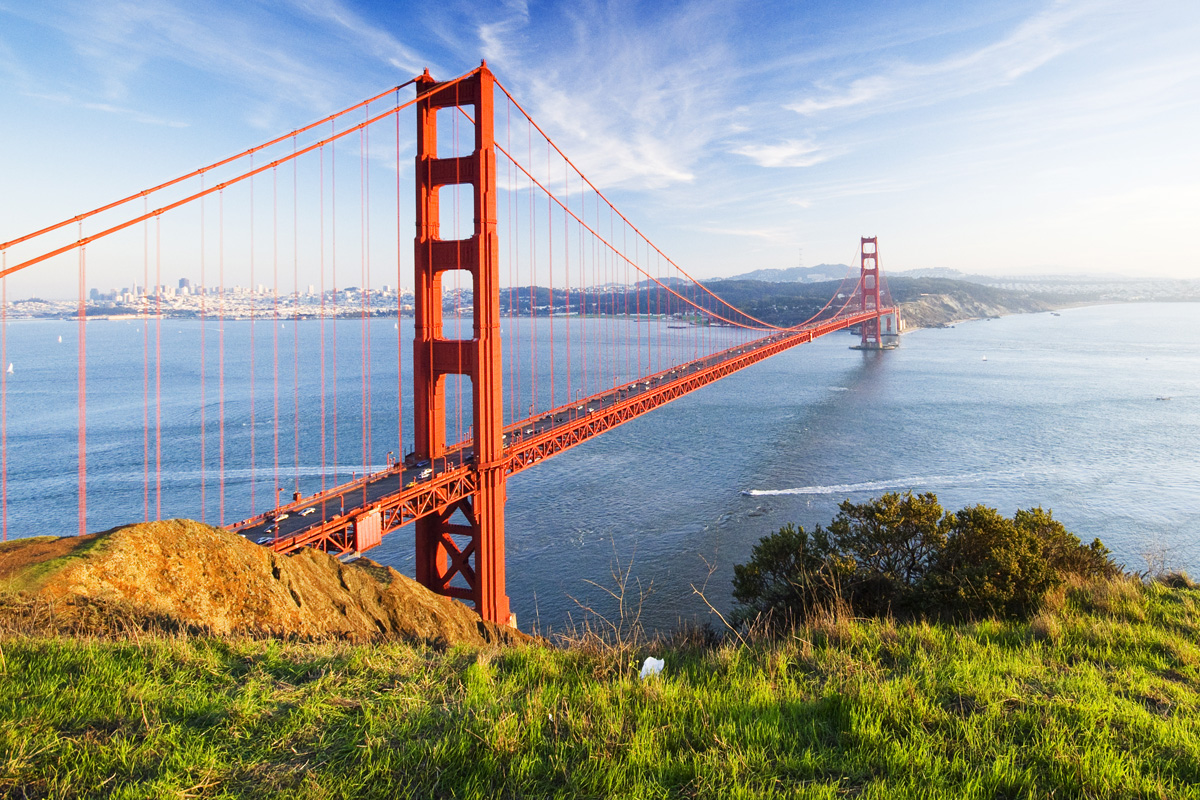
Natural Gas Leakage and Landfills Main Culprits in Bay Area
January 18, 2017 11:59 amNatural Gas Leakage and Landfills Main Culprits in Bay Area
The nine-county San Francisco Bay Area accounts for about 10 percent of the state’s methane emissions. “We wanted to know the emissions contribution from urban natural gas infrastructure, so we picked the Bay Area because it doesn’t have significant petroleum production,” said Jeong.
To differentiate and quantify the sources of the methane emissions, Fischer and Jeong measured levels of several different volatile organic compounds.

“We used measurements of light alkanes — specifically ethane, pentane, and an aromatic called toluene — to estimate in a quantitative fashion how much fossil methane was being emitted, because biological sources do not emit any appreciable ethane or pentane or toluene,” Fischer said. “By using several different tracers, we’re able to say how much of the methane emissions are due to natural gas, and how much is petroleum.”
Natural gas may be leaking anywhere along the transmission and distribution network, from pipes and fittings to the gas meter at your home or business. The Berkeley Lab study found that total methane emissions due to natural gas are between 0.3 and 0.5 percent of total natural gas consumption in the Bay Area.
“That’s lower than what was estimated for the South Coast Air Basin?though the emissions in Los Angeles are highly uncertain due to the presence of other sources?and enormously lower than work that was done in Boston, which is a much older city,” Jeong said.
For the biological sources, landfills are the main source since the Bay Area has very little livestock. “You have millions of people disposing of organic matter, and landfills are not perfectly mitigated,” Fischer said.
The good news is that this finding underscores the significance of building methane recovery systems to generate electricity. “This has an important implication for the adoption of landfill methane as a non-fossil energy resource,” Fischer noted.
Consistent with previous studies
This new Bay Area study is consistent with previous analyses by Fischer and Jeong, including an extensive study published last November in the Journal of Geophysical Research on the state’s methane emissions that now forms the basis for CARB’s official assessment.
They also contributed to two other recent papers on methane, one that used air samples gathered by aircraft instead of from a tower and which had consistent results, and another that used a bottom-up approach to predict the spatial distribution of methane emissions for the continental United States.
California’s climate goals are set out in AB32 and a 2005 Executive Order. The state aims to reduce greenhouse gas emissions to 1990 levels by 2020 — a reduction of approximately 30 percent — and then an 80 percent reduction below 1990 levels by 2050. While carbon dioxide is by far the more prevalent climate-warming gas, methane accounts for a nontrivial portion.
“We believe methane is 10 to 15 percent of California’s total greenhouse gas emissions on a 100-year timescale,” Fischer said. “If we are to reduce total emissions by 80 percent in 2050, we would have a very much harder time doing that if we don’t also reduce methane.”
Categorised in: Air pollution, California, Industry news, News, News, Ship & Shore

